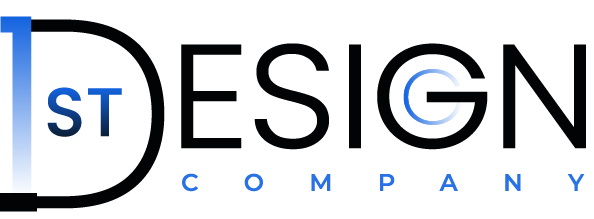In the ever-evolving landscape of business, the quest for revenue optimization and customer satisfaction remains a constant priority. Upselling and cross-selling techniques have emerged as indispensable tools in achieving these objectives. When employed strategically, these tactics can drive sales growth, foster customer loyalty, and unlock new avenues for success. This article will delve into the essence of upselling and cross-selling, providing a range of unique examples that highlight their effectiveness in diverse business scenarios.
Upselling: Enhancing Customer Value
Upselling is a skillful approach that encourages customers to consider purchasing a higher-priced or upgraded version of a product or service, thereby enhancing the overall value of their purchase. By showcasing additional features, benefits, or premium options, businesses strive to exceed customer expectations and provide a more comprehensive solution.
Examples of Upselling:
- Travel Package Upgrade: When a customer books a vacation, they are presented with an opportunity to upgrade their package to include additional excursions, spa services, or exclusive amenities, enhancing their travel experience and creating unforgettable memories.
- Software Enhancement: A customer exploring software options is offered the choice to upgrade to a premium version that provides advanced functionalities, customization options, and dedicated customer support, enabling them to maximize productivity and efficiency.
- Upscale Dining Experience: A restaurant guest who orders a standard meal is given the option to upgrade to a gourmet dining experience, featuring specialty dishes, wine pairings, and personalized service, providing a memorable culinary journey.
Cross-Selling: Expanding Customer Choices
Cross-selling involves suggesting related or complementary products or services to customers based on their initial purchase, thereby expanding their choices and offering a more holistic solution.
Examples of Cross-Selling:
- Fitness Apparel and Accessories: A customer purchasing workout shoes is presented with options to buy workout attire, fitness trackers, and resistance bands, ensuring they have all the essentials for a complete fitness routine.
- Home Decor Bundle: A customer shopping for a sofa is introduced to a curated bundle that includes matching accent chairs, coffee table, and decorative accessories, allowing them to create a cohesive and stylish living space.
- Car Service Package: A customer getting their vehicle serviced is informed about additional offerings such as tire rotations, fluid checks, and detailing services, providing a comprehensive maintenance solution and ensuring the longevity of their vehicle.
Benefits of Upselling and Cross-Selling
- Revenue Growth: Upselling and cross-selling techniques directly contribute to revenue growth by increasing the average transaction value and maximizing sales potential.
- Enhanced Customer Satisfaction: By offering personalized recommendations and comprehensive solutions, businesses elevate the overall customer experience, leading to higher satisfaction and increased loyalty.
- Strengthened Customer Relationships: Upselling and cross-selling demonstrate a business’s understanding of customer needs and preferences, fostering trust and building stronger relationships.
- Product Adoption and Engagement: By encouraging customers to explore additional features or related products, upselling and cross-selling promote greater product adoption and engagement, maximizing the value customers derive from their purchases.
Conclusion
Upselling and cross-selling are powerful strategies that can unlock new levels of success for businesses. By understanding the principles behind these techniques and leveraging unique examples, businesses can tap into untapped potential, strengthen customer relationships, and achieve long-term growth. Embrace the art of upselling and cross-selling to elevate your business, drive revenue, and surpass competitors in today’s dynamic marketplace.



